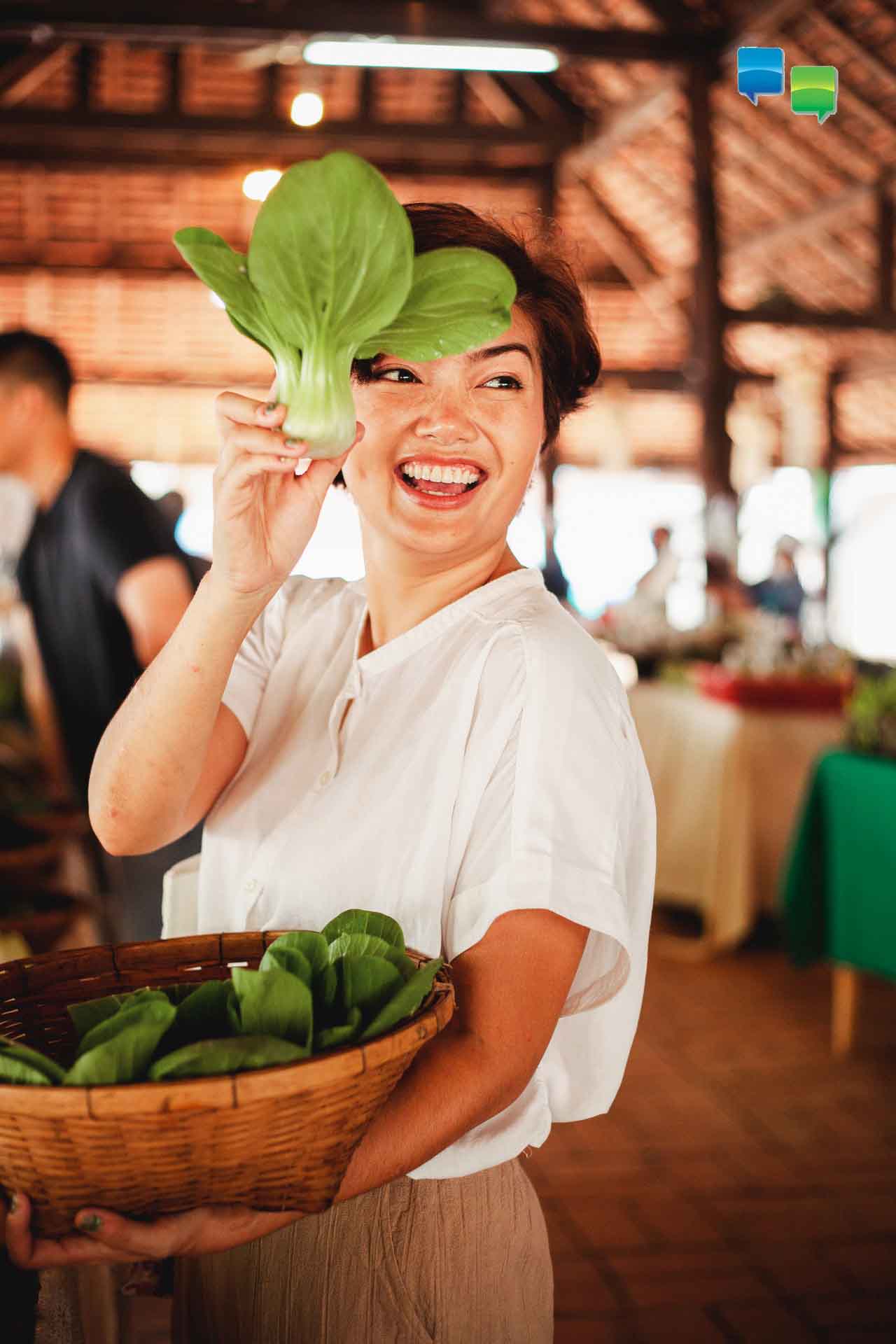If you are in France, and passing through the fruits and vegetable market in France is a wonderful way to feel like a local or to remind yourself why you became one. The sights smell and the smattering of banter your ears get out of the hubbub are quite a treat for the senses as is the produce. The baskets and bunches have home-grown delicacies and others from far-off shores, both perhaps unfamiliar to you until now.
Endive
The endive, popularly known as leaf chicory to English-speakers, is a bitter-tasting, leafy vegetable that is quite popular in French cooking. It also happens to be quite healthy for you. The leaves are rich in fiber and rich in vitamins A and K and folate.
Kaki
The light yellow to dark orange-red fruit, what you would call a persimmon, grows on trees that can be seen across the world. However, the most widely cultivated varieties, and those which you can get at your local French market, originally hails from Japan. Just as the tomato, the kaki is not technically a fruit at all but is, actually, a berry.
Cèpes
Called Penny Buns in U.K and porcini mushrooms in the U.S, cèpes are in season in Europe from August to November. In France, they are mostly seen dried and piled high in baskets at market stalls. While fresh, the fungi (regret for the liberal translation of fruits and vegetables) are relatively mild, but the taste enhances in strength through drying. Their popularity among foragers – and less adventurous mushroom enthusiasts – is down to the reality that they are abundant in most woodlands, easily identifiable, and, most essential, dissimilar in appearance to all poisonous mushrooms.
Châtaigne
You may all have heard Nat King Cole singing about ‘chestnuts roasting on an open fire,’ but how many of you have actually tasted this? In France, however, it almost looks like a compulsory act each winter. From around October onwards, street vendors are seen around corners and outside metro stations, roasting up these shiny brown nuts and selling them like popcorn in paper bags.
Mirabelle de Lorraine
The mirabelle plum or prune is descendent from a wild fruit originally grown in Anatolia, in modern Turkey. The soil and climate of the French region of Lorraine makes it perfect for the cultivation of this small, dark yellow fruit. More than 15,000 tons are grown here every year, constituting 80% of global production. Every August, the city of Metz organizes a two-week festival dedicated to the Mirabelle.
Quetsche
The quetsche/blue plum is a fruit of the plum tree of Damascus. It ripens during mid-August and is hugely popular in Alsace and Lorraine along with Germany, Austria, Luxembourg, and Switzerland. In the French terrains, it is used to make a local brandy known as Quiterie, which can be consumed at room temperature or heated up like coffee. The oval, pale red or violet fruit can also be consumed fresh and made into seriously scrumptious jams, tarts, or sorbets.

